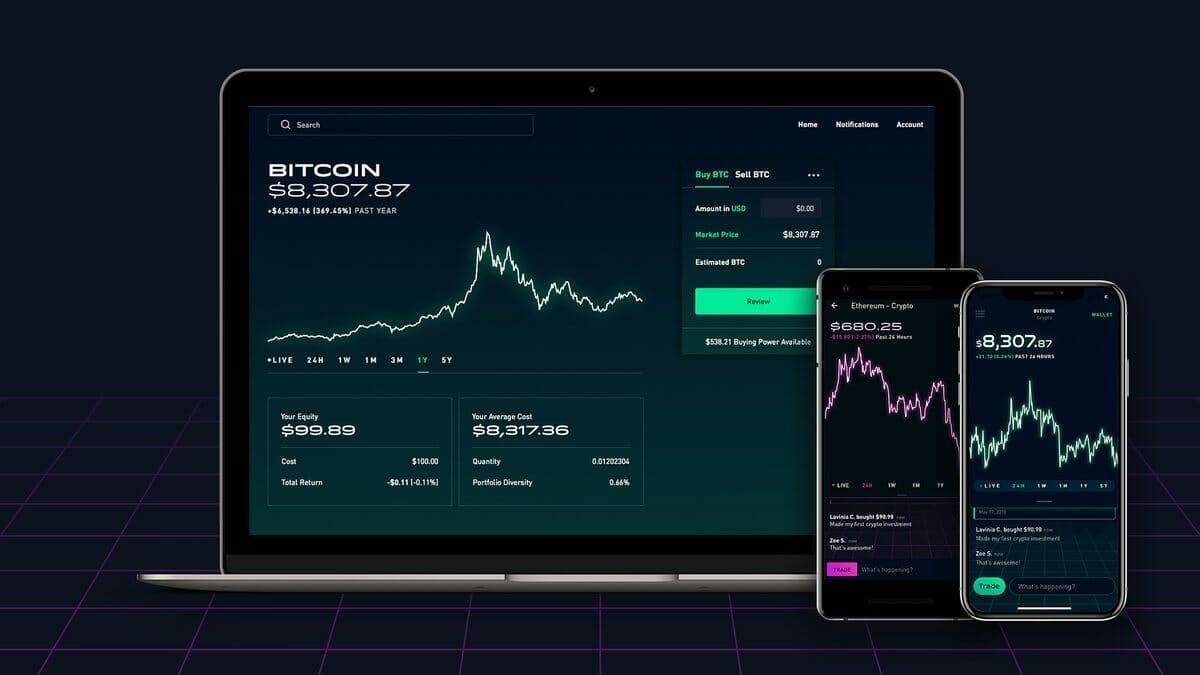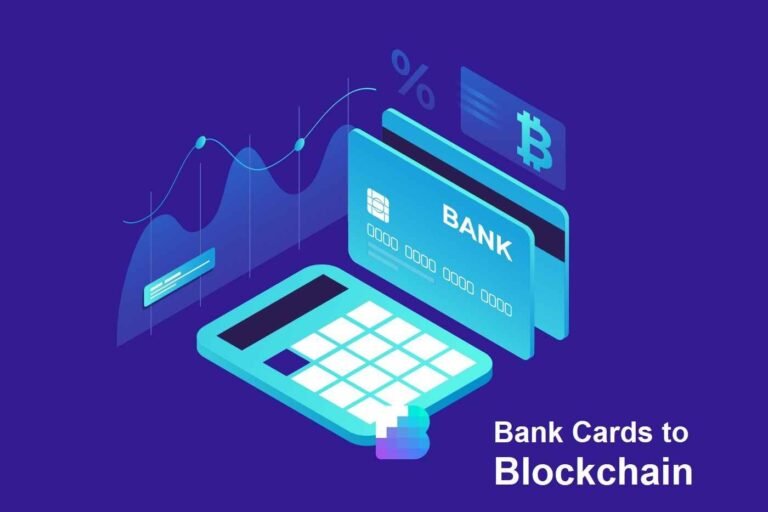
The days of crypto trading in some niche forums or obscure exchanges are all behind us in this practically digital economy. Now you see mobile trading platforms generating powerful tools for all kinds of investors. As more and more users embrace DeFi and digital assets, having the right trading app is no longer just a luxury.
In any trading scenario, you’ve got to think about making smarter trades, managing risks more efficiently, or simply setting the trend in this way, and then in-app can motivate you to do so. But what, by 2025, will make an app among the best crypto trading apps? The article lays out the necessary features, developing trends, and working decisions to offer for your platform, built to suit your goals.
The Move to Mobile-First Trading
The rise in mobile phone adoption across the globe has brought natural changes to the way trading is conducted by people. While desktop platforms are still quite popular for in-depth analysis, casual and medium-level traders have lately started to depend more on mobile trading apps for real-time monitoring and quick decision-making. A mobile platform would prioritize an excellent user experience with intuitive interfaces and swift access to the best charts, tools, and account management.
The best apps, therefore, consider flexibility, ease of trading, and simplicity enough for newbies to manage while being complicated and rich enough for big trades by advanced players in 2025.
Safety and compliance are indeed Non-Negotiable
However sleek and nice to handle an app may be, security aspects will always dominate and come first. Users entrust these applications with their funds, investing programs, and personal details, so top-ranking apps will stay ahead with advanced security measures that guarantee layered protection involving biometric authentication, 2FA (two-factor authentication), encrypted transaction protocols, and such.
The best platforms will also conform to all globally recognized financial regulations. Being licensed either in the U.S. by the SEC, in the UK by the FCA, or by any other recognized regulatory authority always proves the legitimacy of an app and further safeguards the interests of an application user. They further assure the user of having at least one backup solution, such as insurance covering breaches or outages.
Real-Time Data & Advanced Tools in Trading
Trading is good when the traders can have information at their fingertips—the most recent information. This is even more compelling in the crypto world, which has prices spiraling and descending by double digits within minutes. The best apps bring forth high-end charts with varied time frames, live views of the order book, and all sorts of technical indices like MACD, RSI, Bollinger Bands, etc.
AI-empowered tools backed by analytic data are coming to the forefront in 2025. Some apps are there that use machine learning to offer personalized insights, trade signals, and forecast markets for you with respect to your portfolio and behavior. On the flip side, social trade capabilities are being introduced in some apps, which help users to follow, copy, or learn from expert traders.
Low Fees and Transparent Pricing
Traders-turned-traders must quickly mind their trading fees that might hold the chance of making real money from their trades. Thus, transparency around fees is very important. The best applications offer a competitive spread, minimal transaction fees, and a cost breakdown. Some applications even allow fee discounts for trading volume, stake of tokens, or premium account holders.
Notwithstanding, the suspicious platforms that hide charges, charge exorbitant spreads, or have poor speed of order execution should be avoided; go through the fee structure carefully before you commit your money.
Wide Range of Supported Assets
Most traders use Bitcoin and Ethereum so far because there is diversification for long-term success. An awesome trading app will support a fairly large number of assets, from stablecoins to DeFi tokens and from emerging altcoins to tokenized stocks.
You want applications that stay ahead of the curve by frequently adding new listings, as well as partaking in early access to promising blockchain projects. All this means you can take opportunities in areas such as NFTs, metaverse tokens, and AI-driven protocols.
User Experience and App Design
Design significantly influences the trading experience. A cluttered interface creates a nuisance lot of lag, and misdirected, unclear transaction flows to undesired mistakes and eventual wastage of time. However, the best apps are designed to allow the user to effortlessly flow through complex procedures.
You should be able to drag orders, swipe to approve transactions, customize your dashboard, and switch between a dark and light theme. Best trading apps also usually have demo trading modes, which allow you to learn without risking real money.
Integrated Wallets and Staking Options
The latest apps have integrated wallets that store and manage your digital assets securely while also offering trading services. Some even provide in-app staking, allowing users to earn passive income by participating in blockchain consensus mechanisms.
When these apps start combining wallet, trading, and earning features, they become all-in-one crypto portals—a good tradeoff for anyone who wants centralized convenience without totally losing access to DeFi tools.
Customer Support and Community Engagement
Even the best apps have bugs from time to time. This makes good multi-channel customer support a huge plus. The major platforms offer 24/7 live chat, a comprehensive knowledge base, and active community channels on Telegram, Discord, or Reddit.
An application with a thriving user community is also likely to iterate fast upon community feedback and feature requests, meaning you are working on a tool that grows with the market and its users.
Cross-Platform Synchronization
Although mobile app-based trading is still the norm, the generation of information that is accessible across all devices—desktop, tablet, and web browser—is priceless. Cross-platform solution synchronization keeps your information, trade history, and portfolio allocation in strict accordance with the device you use at any given moment.
By 2025, cloud-based sync and real-time sharing across all platforms should be the norm, not the exception. This type of functionality supports urgent mobile trades as well as exhaustive desktop analyses.
Educational Resources and Onboarding
For the uninitiated, crypto can be a daunting affair. The top-notch trading apps do not stop at offering trading services but go the extra mile in educating their users. Integrated glossaries, video tutorials, market explainers, and live webinars are quite standard in platforms that care about a user’s success.
Squarely put, smart onboarding flows, gamified learning paths, and a portfolio suggestion base for beginners will put users on the fast track to building knowledge while making investments.
Conclusion: Why the Right App Makes All the Difference
As crypto continues transforming the financial matrix, mobile apps are becoming the prime interface between users and the digital economy. Whether a day trader tracking micro-movements or a long-term investor mapping out a diversified crypto portfolio, the app you use is going to be a defining factor in your entire experience.
In 2025, security, usability, asset diversity, and AI-powered analytics are defining what makes an app exceptional. Choosing the best crypto trading app means finding one that fits your habits and supports your plan while growing with your aspirations.
Backing trusted platforms blending next-generation tech with a user-centric design will set you well on the path to smarter trading, better risk management, and succeeding in the ever-evolving world of digital finance.







